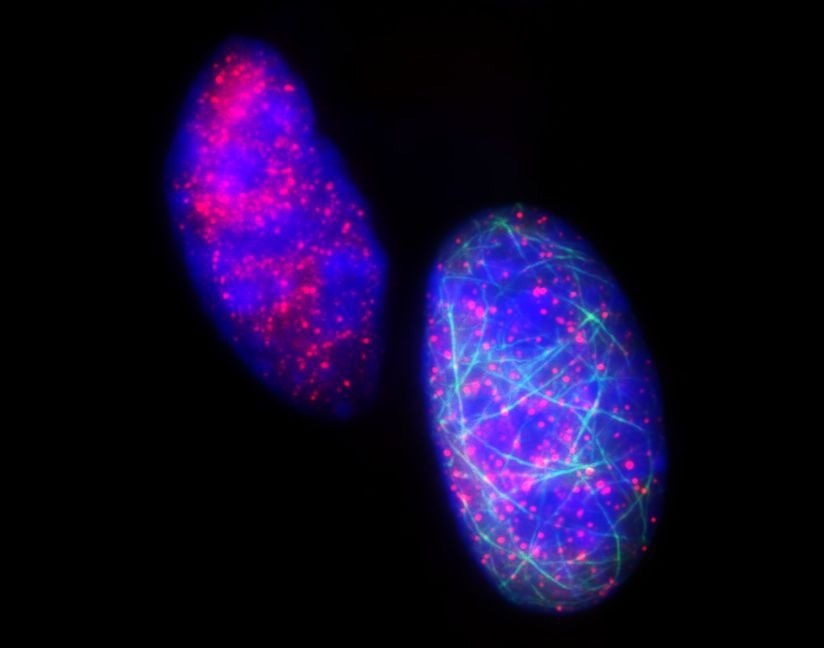In spite of the ongoing development of new targeted therapies, chemotherapies remain the most popular used treatment for patients with advanced cancers. Chemotherapy resistance is one of the leading causes of cancer treatment failure and death.

Image Credit: Université Libre de Bruxelles
It has been proposed that the epithelial-mesenchymal transition (EMT), a process by which the epidermis detaches from neighboring cells and obtains invasive properties, performs a role in the development of anti-inflammatory resistance mechanisms—cancerous. However, the mechanisms of anti-cancer treatment resistance linked to EMT are unknown.
Investigators guided by Prof. Cédric Blanpain, MD/PhD, Investigator at the WEL Research Institute, WELBIO Department, Director of the Stem Cells and Cancer Laboratory, and Professor at the Free University of Brussels, revealed that the RHOJ protein enables cancer cells with EMT to resist chemotherapy by boosting DNA repair.
Cancer cells with EMT become resistant to chemotherapeutic treatments, according to Maud Debaugnies and coworkers. RHOJ expression was found to be especially high in chemotherapy-resistant cells. They then demonstrated that by lowering RHOJ expression, cancer cells became more sensitive to chemotherapy.
It was particularly exciting to understand the mechanisms that allow cancer cells to resist chemotherapy, opening the way to the development of new, more effective therapeutic strategies to fight cancer.”
Maud Debaugnies, Study First Author, Université Libre de Buxelles
Maud Debaugnies and coworkers then investigated why RHOJ causes cancer cells to become resistant to chemotherapy. Chemotherapy causes DNA damage in cancer cells, which causes them to die. They found that RHOJ can activate chemotherapy-induced DNA damage repair mechanisms, enabling cancer cells to avoid cell death.
Our discovery that the inhibition of a single gene can make cancer cells sensitive to chemotherapy opens up extremely important prospects for the development of new drugs targeting RHOJ, which would make it possible to better combat resistance to chemotherapeutic treatments in patients. cancer patients with EMT.”
Cédric Blanpain, Professor, Université Libre de Buxelles
Source:
Journal reference:
Debaugnies, M., et al. (2023). RHOJ controls EMT-associated resistance to chemotherapy. Nature. doi.org/10.1038/s41586-023-05838-7.